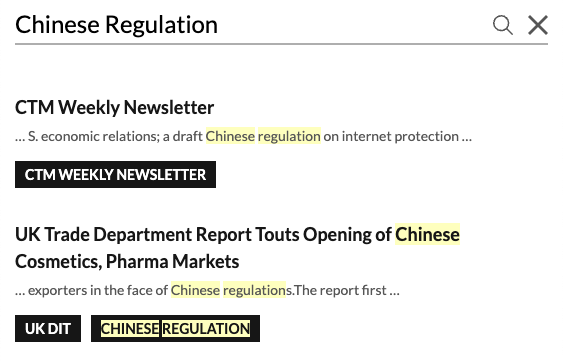On December 30, 2020, just weeks before the Biden administration takes office, China and the European Union announced an agreement in principle on the EU-China Comprehensive Agreement on Investment (CAI). The deal still requires ratification by the European Parliament before it takes effect, and the final text of the CAI has not even been released yet (it is still undergoing a “legal scrub”). According to an EU press release and a summary that describe its key elements, however, the CAI will lower barriers for European companies investing in the manufacturing and services sectors in China. For instance, China commits to providing market access for investment in new-energy vehicles, such as electric vehicles and cloud services, with European investors allowed to own joint venture stakes of up to 50%. China will also phase out joint venture requirements entirely for manufacturing of traditional automobiles and in private hospitals in certain Chinese cities (such as Beijing, Shanghai, Tianjin, Guangzhou and Shenzhen), as well as in computer services, real estate services, rental and leasing services, repair and maintenance for transport, advertising, market research, management consulting, translation services, and environmental services. In addition, China promised not to impose new restrictions on R&D in biological resources.
Some of the commitments China has made in the CAI already exist under China’s domestic legislation, and the CAI just locks in existing liberalization rather than offering anything new. Under China’s domestic negative list for foreign investment, for example, restrictions on new-energy vehicle investment have already been lifted and the joint venture requirement for automobile manufacturing is being phased out. Whether China has opened its cloud services to foreign investment under its domestic law remains debatable, as there are different views among Chinese law experts on whether it falls into the GATS commitments that China made at the WTO. While the current legislation is vague, several American companies, such as Amazon, IBM, and Oracle, already provide cloud services in China through a joint venture.
By contrast, the CAI does not impose new obligations for investment market access on the EU, whose market is already fairly open in this area. The EU will thus be able to continue to restrict foreign investment in sensitive sectors such as energy, fisheries, audio-visual, and public services.
In addition to the market access commitments that are typically a major part of an investment treaty, the CAI has provisions related to state-owned enterprises (SOEs), government subsidies, technology transfer, and labor and the environment.
With regard to SOEs, the CAI requires SOEs to act pursuant to commercial considerations and not discriminate against foreign companies in their purchases and sales of goods or services. It also includes provisions that allow for the collection of information for the assessment of whether the behavior of a specific enterprise complies with the CAI.
As for subsidies, the CAI imposes transparency obligations on subsidies in the services sector, and establishes a consultation mechanism to collect information to assess the impact of government subsidies on foreign investors.
It also has provisions that ban forced technology transfers, including prohibiting state interference in technology licensing and enhancing protection of business information and trade secrets during administrative processes.
China also agreed to work toward ratifying International Labor Organization rules on forced labor. The CAI does not provide a deadline for China in this regard, but the EU has made clear that it will be a key to the ratification of the CAI within the EU. The CAI also includes commitments on the environment, including to effectively implement the Paris Agreement.
Finally, the CAI establishes a state-to-state dispute settlement mechanism and an institutional framework for monitoring implementation.
Unlike typical bilateral investment treaties, the CAI does not provide for investor-state dispute settlement or include minimum standard of treatment and expropriation obligations. However, the parties have agreed to negotiate on investment protection and dispute settlement within two years of the signature of the agreement.
As noted, the text of the CAI has not been released yet, but nevertheless observers have already offered varied opinions on the deal. Some seem to believe that the deal would be a milestone for China’s openness, while others question whether China will keep its promises, or worry that this deal would splinter a united front between the EU and U.S. against Beijing, or express concerns about human rights issues in China. It is worth noting that some of the CAI’s obligations appear to be similar to previous commitments China made in other circumstances (such as the Phase One trade deal between China and the U.S.), and the CAI could, in part, be the EU’s effort to level the playing field.

